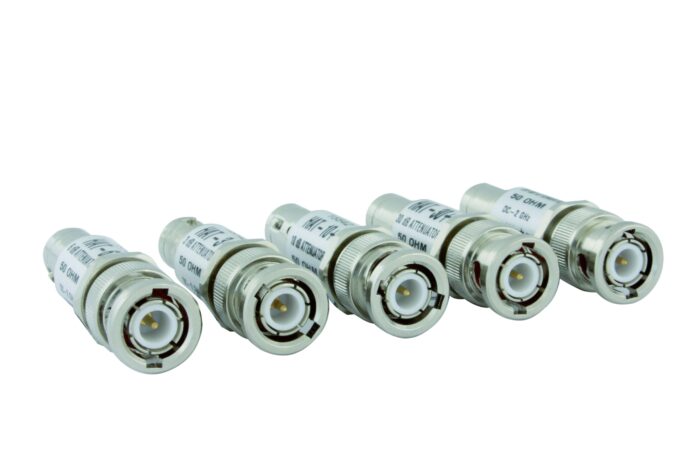
Whether it is electrical, entertainment, natural commodities, or communication, everything needs to be transmitted. Various technologies have been invented to make the transmission of these commodities possible from one location to another. For example, the electricity that we use in our houses has been transmitted to us with the help of the transmission lines.
Similarly, whenever the signal has to travel long distances, its power may decrease gradually, and this phenomenon is known as attenuation. The device that is used in this process is attenuators. This article will share a lot of information regarding what you understand about attenuators, their types, and the differences between them and their applications.
Technology is getting advanced day by day, and every industry is looking forward to competing with other sectors. But this can only happen when you have the right sources and the proper knowledge. Custom Microwave is a platform to get many facilities such as precision machining, electroplating, testing, etc. They make sure that their consumers are satisfied and work hard to meet their demands.
Table of Contents
WHAT DO YOU MEAN BY ATTENUATORS?
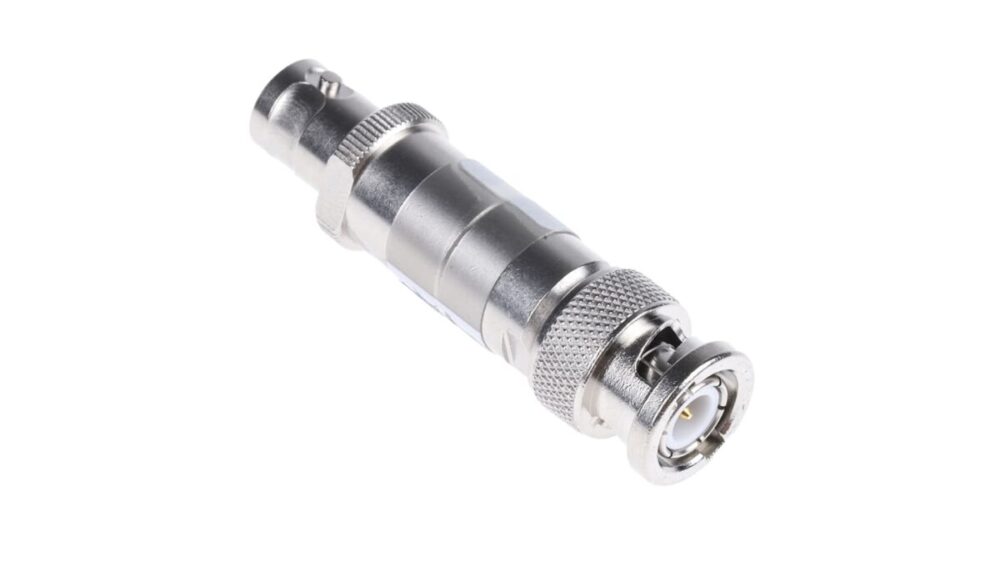
Signals require a medium to get transferred from one location to another. Voltage signals, current signals, data signals, etc., are some of the examples constituting these signals. However, whenever these signals have to travel large distances, their power starts decreasing gradually. This loss in intensity while passing through any medium is termed attenuation.
Transferring signals from one end to another is challenging, but you will find it helpful in other tasks if you view it from a different angle. The device that helps reduce the intensity of the signals without impacting its waveform is known as an attenuator. These devices are beneficial for decreasing the strength of the high-intensity waves before letting them enter the circuits of the antenna.
ATTENUATOR DESIGN
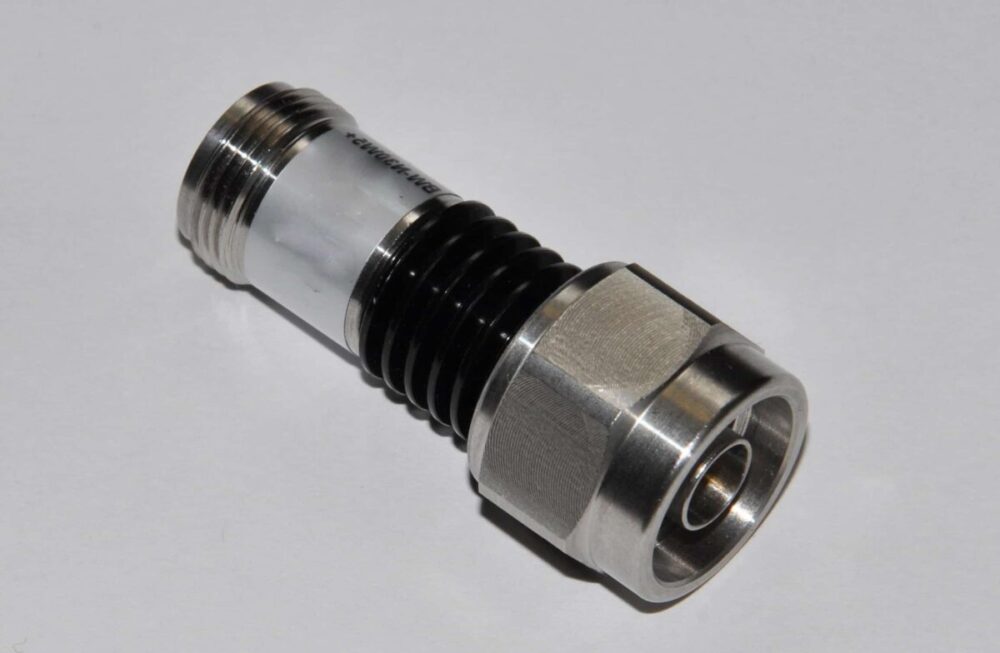
An attenuator is designed by simply using two-port electronic circuits. These electronic circuits are entirely built with the help of resistors, which are passive components. But how are the resistors arranged in it? Well, they are set just in the form of a voltage dividing network. The design is dependent upon the line geometry of the wires connecting the devices.
Based upon its application, the circuits of this device can be both linear and reciprocal. If the circuit is built symmetrically, there is no difference between the output and the input ports. In such a case, the left port is generally referred to as input, whereas the right one is the output port.
WHAT ARE THE TYPES OF ATTENUATORS?
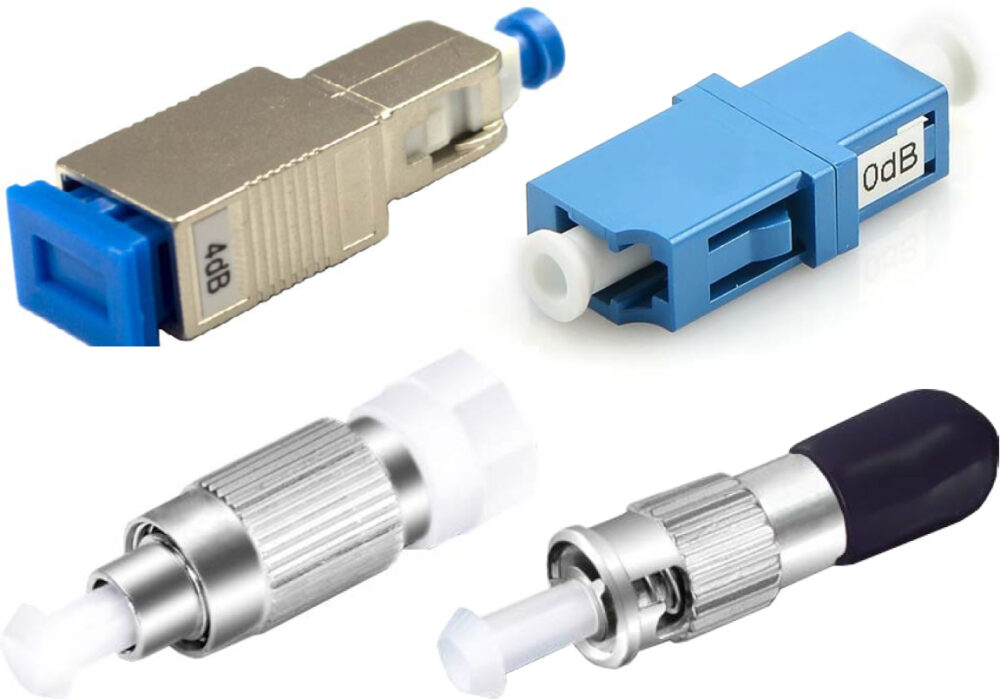
There are several attenuators available that are generally categorized under the fixed and adjustable categories. Mostly fixed attenuators are available between the range of 0 dB and 100 dB. These devices are commonly used in optical and radio applications. Let us discuss its different types one by one in brief:
- Fixed types:
When the resistor circuit is fixed at a particular value, it forms fixed attenuators. Depending upon their application, they can be of any type: unidirectional and bidirectional. You can commonly find these types of devices on surface mounts. When these fixed types are arranged in series, then different attenuation levels can be achieved.
- Continuously varying type:
A type of attenuator in which any attenuation level can be achieved by setting it manually under the specified range is known as the continually varying type. The resistors used in their networks are usually installed using some solid elements like PIN diodes or the MOSFET. The attenuation value can be set manually or by using electrical waves.
- Programmable type:
It is also famous by the name digital step attenuator, controlled by some external controlling waves or signals. TTL logic circuits having the step sizes ranges like 2,4,6,…..and so on, are used to manage them. Whenever the voltage is less than 1V, then 0 appears on the logic level, whereas the logic level becomes 1 when voltage is equal to or above 3V.
- Step type:
The devices in which attenuation values are provided under fixed steps, it is termed as step attenuator. These are considered almost very similar to the fixed type, but it has one extra advantage over it. A push-button is provided in such devices to change the attenuation level on the pre-calibrated steps.
DIFFERENCE BETWEEN THE FIXED AND THE LEVEL SETTING ATTENUATOR
As already discussed above, the difference between the two devices is that the attenuation level is already set at specific values in a fixed type attenuator. In contrast, in the level setting type device, a person has the freedom to reset the attenuation value with the help of a micrometre. No doubt that the attenuation level can be set in the level setting devices with the help of calibration against the micrometre, but this use is generally not recommended.
APPLICATIONS
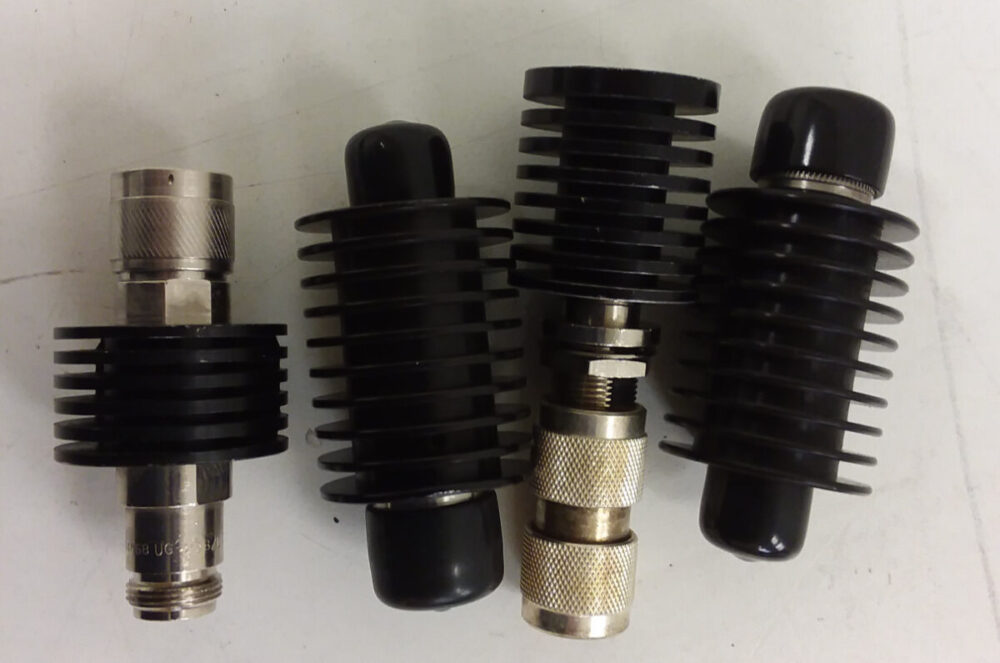
There are so many daily life applications for this device. Let us have a look at some of these applications:
- PIN diode attenuators find their application in controlling the power of the microwaves.
- They are also used to control the volume level of many electronic devices like electric guitars, speakers, and many more.
- Generally, it requires only a tiny amount of current or voltage to run and therefore reduces the intensity of the output signals.
- Whenever there is a need to test the high-intensity radio signals, attenuators reduce the signal’s strength before entering any testing equipment.
- A sudden fluctuation in the voltage can sometimes damage the digital or the analog circuits. And here, attenuators come into play to reduce the high voltages up to certain levels.
TO SUM UP
Whether it is a communication signal or some electrical wave, it requires a medium to travel from one location to another. While travelling long distances, these waves lose some strength or power. This phenomenon is termed attenuation, and the devices used for this process are known as attenuators. We hope that this article helped in enhancing your knowledge about these devices.




